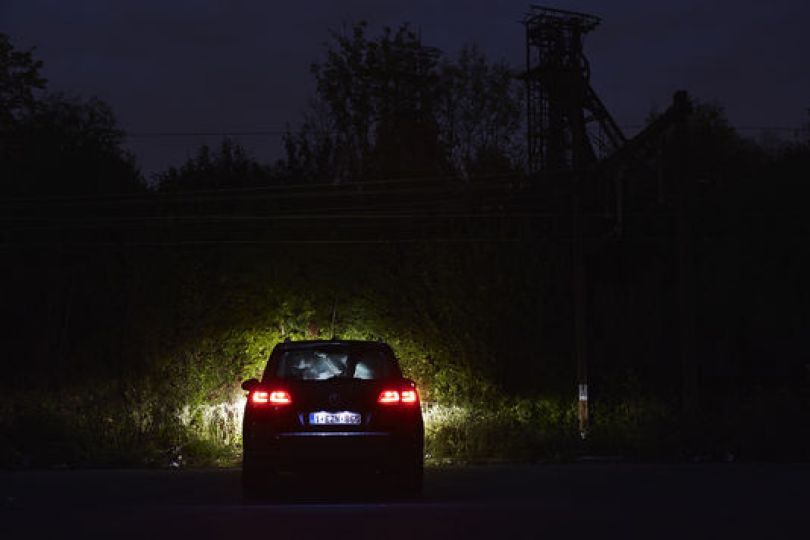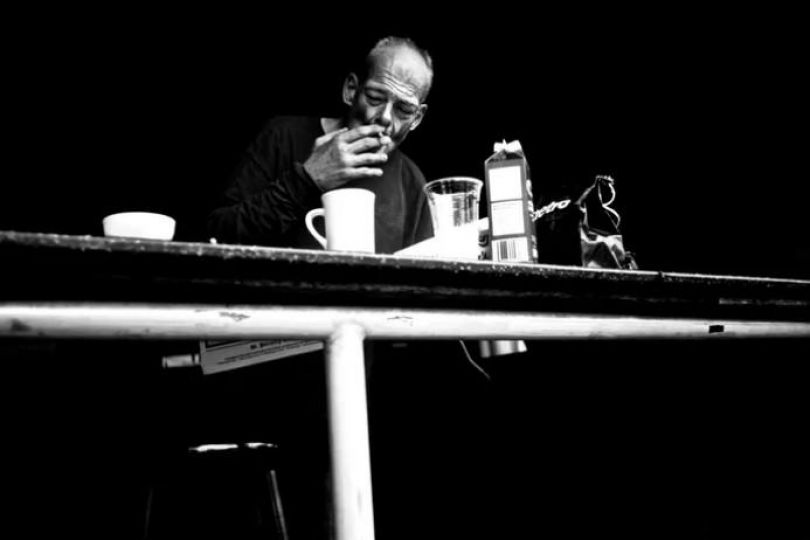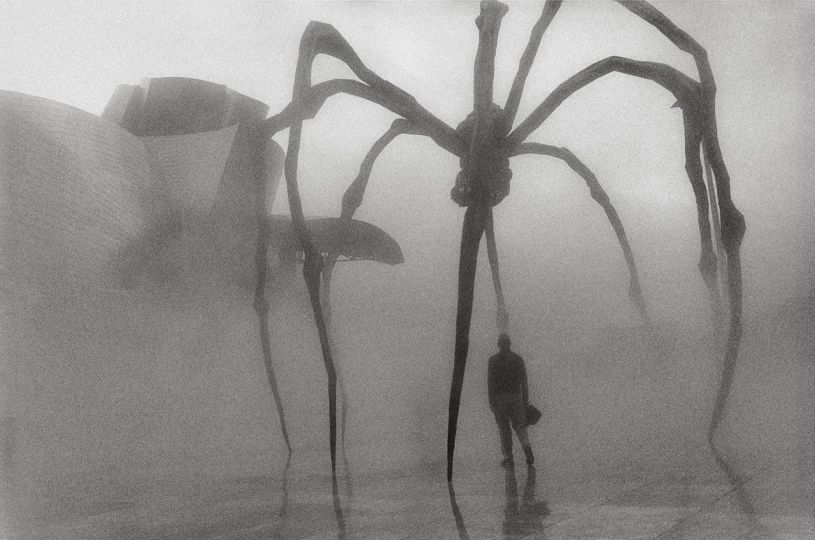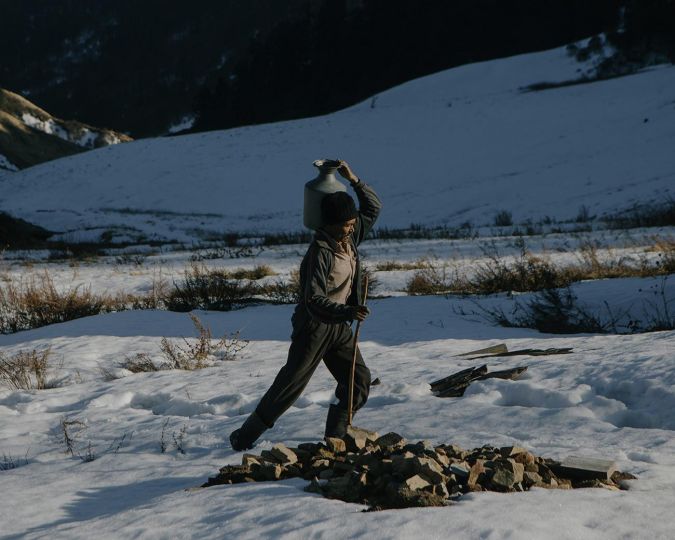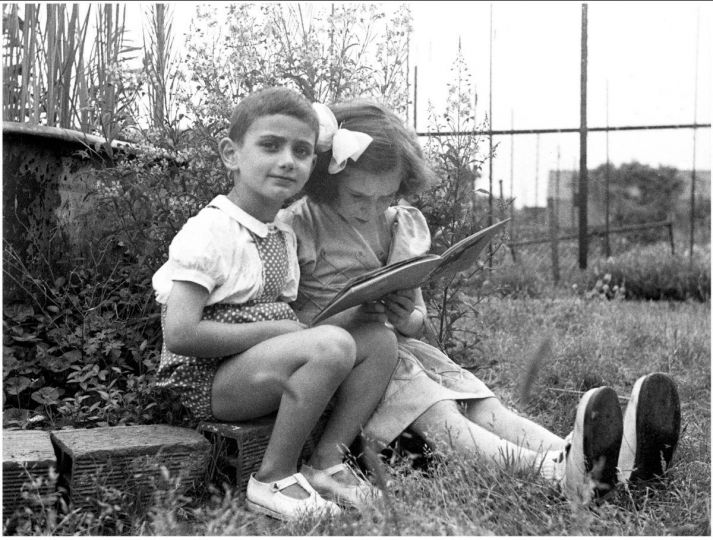A “cinematic” photo wins the World Press Photo award
The sophisticated lighting of Paul Hansen picture brings back the debate on image alterations
Of the burning conflict in 2012 it is not Syria but Gaza that won first prize in the category spot news of the world press photo, the most prestigious award in photojournalism. The picture of the year, taken by Swedish photographer Paul Hansen, is fairly classical work for the competition, which often features shocking and action-packed images. It shows the funeral procession of two Palestinian children tragically killed by a missile attack on their Gaza home in November 2012.
If the subject the funeral the way it was taken and the location are not surprising the lighting of the scene is tricking the picture is so perfect one gets the feeling people are coming out of the frame to say ‘ look what you have done says photographer Véronique de Viguerie, a member of the jury.
The image’s high contrast and meticulous lighting is the latest focus in the ongoing debate in the world of photojournalism over the use of Photoshop. Jury president Santiago Lyon of the Associated Press, when asked about the subject during a press conference, simply reiterated the vague (to say the least) rules of the contest: “We are confident that the images conform to the accepted practices of the profession.” He acknowledged that certain images were disqualified for excessive alteration, although he refused to say how many.
In photojournalism, it is considered unethical to remove a detail from the image, to delete or add pixels. But altering a photograph’s contrast and lighting remains a source of debate. “I learned that it is acceptable to use Photoshop for what can also be done in the darkroom,” says de Viguerie. “For me, when the improvement misrepresents reality, when it conceals part of the context of the image, then a line has been crossed.”
The World Press Photo jury, in case of doubt, can request to see the raw image file, the digital equivalent of a film negative. “There’s no question that a raw image file has to be altered in order to produce a publishable image,” says de Viguerie. “The question is, to what extent.” In the case of Paul Hansen’s photo, de Viguerie claims that it meets the criteria established by the World Press. “We decided to be strict. Otherwise it opens the door to all kinds of manipulation.”
Claire Guillot, for Le Monde, February 15, 2013.



